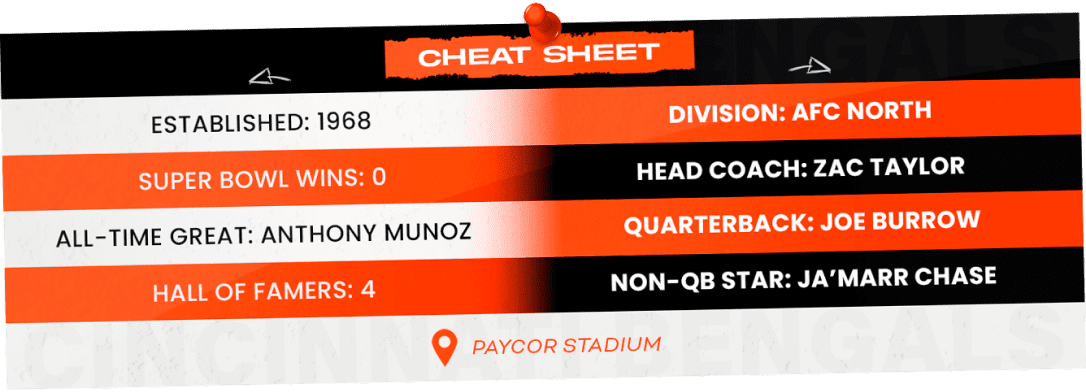
ONE
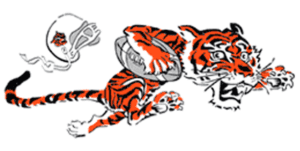
Old Cincinnati Bengals Logo
TWO
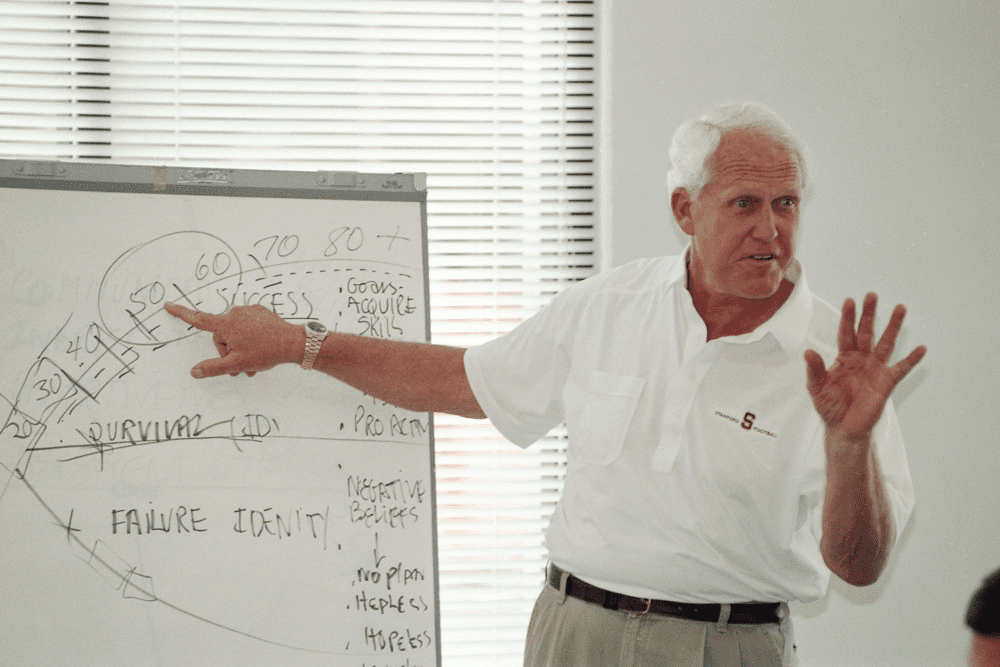
Bill Walsh, Assistant Coach 1968-1975
THREE
Paul Brown retired from coaching after the 1975 season. After two other coaches then experienced short-lived spells in Cincinnati, Forrest Gregg was hired ahead of the 1980 season. In the 1980 NFL Draft, the Bengals drafted offensive tackle Anthony Munoz third overall - who not only became one of the greatest offensive linemen of all time, but the first Bengal to ever be inducted into the Pro Football Hall of Fame. Entering 1981 with brand new uniforms complete with their now-famous tiger stripes, Cincinnati advanced all the way to Super Bowl XVI behind quarterback Ken Anderson, Munoz and receiver Cris Collinsworth. At the Super Bowl, the Bengals faced none other than Bill Walsh and the San Francisco 49ers - who ran the offense Walsh had developed in Ohio. Despite a second-half push from Cincinnati, San Francisco won, 26-21. Gregg left Cincinnati two seasons after their Super Bowl loss, and was replaced by former Bengals quarterback, Sam Wyche. The team then selected quarterback Boomer Esiason in the second round in 1984 - who, alongside Ken Anderson, battled for the starting quarterback spot - with Esiason winning the job in 1985. Anderson eventually retired following the 1986 season, owning every major franchise passing record.

Anthony Munoz, Offensive Tackle 1980-1992
FOUR
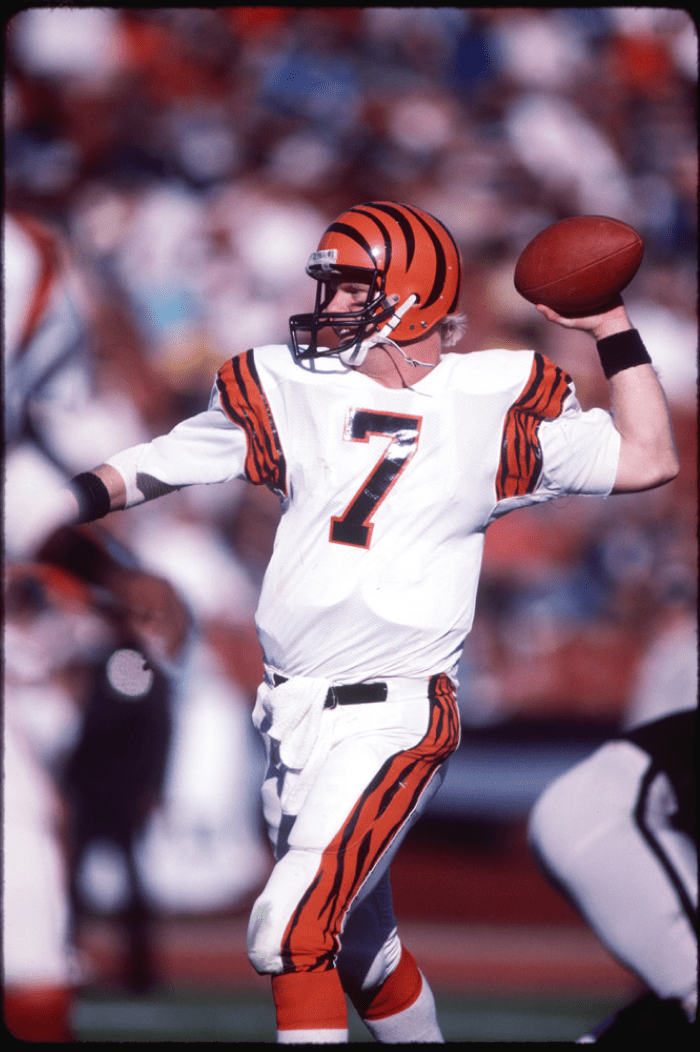
Boomer Esiason, Quarterback 1984-1992, 1997
FIVE
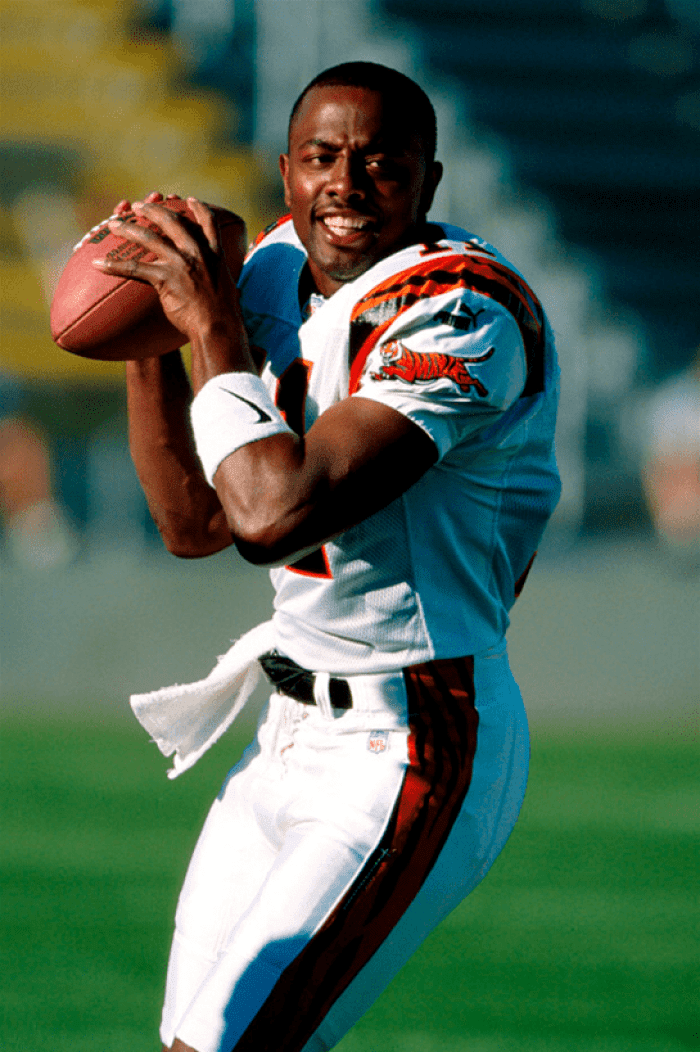
Akili Smith, Quarterback 1999-2002
SIX
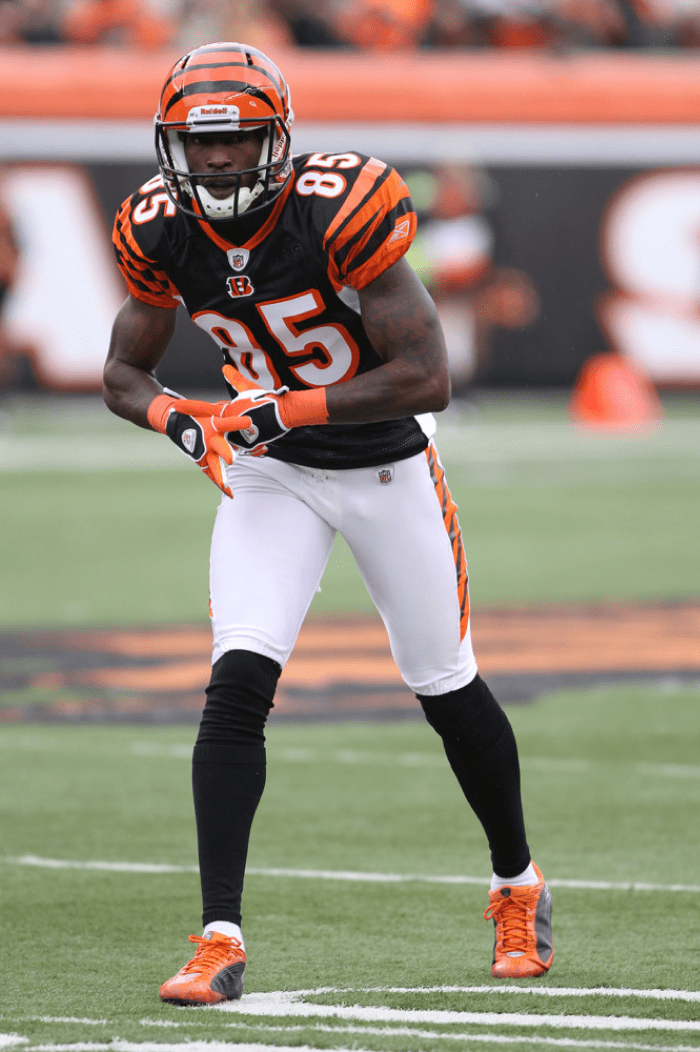
Chad Ochocinco, Wide Receiver 2001-2010
SEVEN

Andy Dalton, Quarterback 2011-2019
EIGHT

Joe Burrow, Quarterback 2020-Present
NINE

Joe Burrow and Ja’Marr Chase, Wide Receiver 2021-Present
BEFORE YOU GO












